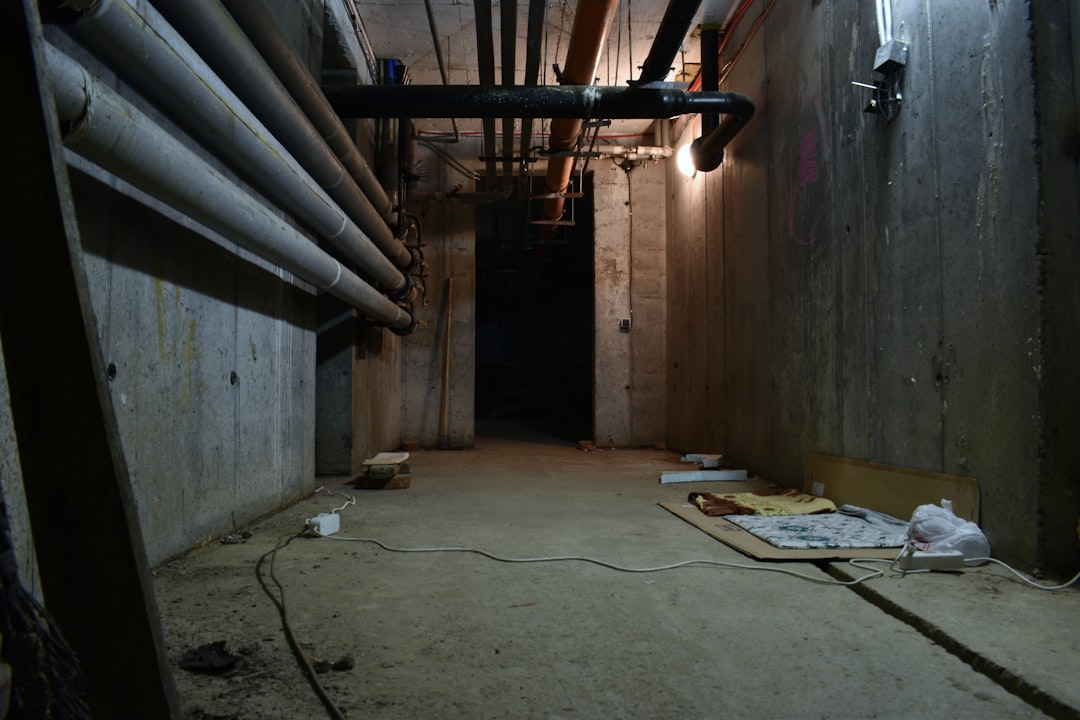
For construction professionals, understanding the costs associated with underground gas line installation is crucial. The average cost ranges from $20 to $45 per linear foot, depending on various factors such as trench length, soil conditions, and permitting fees. This guide provides a detailed breakdown of these costs and offers strategies to optimize your project estimates.
• Trench Length and Depth – Longer and deeper trenches require more labor and equipment.
• Soil Conditions – Rocky or clay soils may necessitate specialized equipment.
• Pipe Diameter and Material – Common materials include polyethylene, with upgrades adding to costs.
• Permitting and Inspections – Fees vary by region, impacting overall costs.
• Distance to Gas Meter/Main – Additional costs for traffic control and repairs may apply.
• Obstacles and Landscaping – Existing utilities and landscaping can increase costs.
Typical costs for underground gas line installation are:
For complex installations, costs can reach $75 per foot.
• Utility Mark-Out Delays – Scheduling delays can impact timelines.
• Hardscape Restoration – Costs for restoring surfaces can exceed trenching costs.
• Pressure Testing and Certification – Required by most jurisdictions.
Real-Time Material Pricing
Stay updated with current material costs.
Voice-Driven Field Capture
Capture measurements and generate estimates on-site.
Permitting Wizard
Automate permit requirements and fees.
Change-Order Control
Quickly adjust estimates for unexpected changes.
Professional installation is recommended due to safety and compliance requirements. Consider insurance, tools, and certifications when deciding between self-performing and subcontracting.
• Northeast urban zones: $50 – $75 per ft
• Midwest suburbs: $25 – $40 per ft
• Sunbelt new builds: $18 – $30 per ft
• Bundle Work – Combine projects to reduce costs.
• Opt for Shallow Routes – Reduce excavation time where possible.
• Minimize Bends – Straight runs reduce labor and material costs.
• Stage Materials On-Site – Prevent delays by having materials ready.
• Use CountBricks Bulk Discounts – Leverage volume for better pricing.
A 60 ft gas line installation was completed at $2,760, saving 14% over traditional estimates.
Create a free account and start optimizing your estimates today. Visit CountBricks.com for more information.
Understanding underground gas line installation costs helps professionals deliver projects on time and within budget. CountBricks provides the tools needed for accurate, efficient estimates.

Installing a gas line involves more than just costs—it's about safety and compliance. CountBricks ensures all estimates include necessary compliance steps.
• Mandatory Pressure Test Prompts – Ensure all estimates include necessary tests.
• Auto-Generated Inspection Checklists – Reduce re-inspection fees with accurate checklists.
• One-Click As-Built Reports – Document installations accurately for records and compliance.
1. Reduced Liability – Compliance documentation lowers insurance costs.
2. Faster Utility Turn-On – Complete paperwork speeds up activation.
3. Repeat Business – Satisfied clients lead to referrals and repeat work.
CountBricks helped save labor hours and reduce re-inspection fees, demonstrating the value of digital compliance.
Explore CountBricks' tools for accurate, safe installations. Visit CountBricks.com for more information.